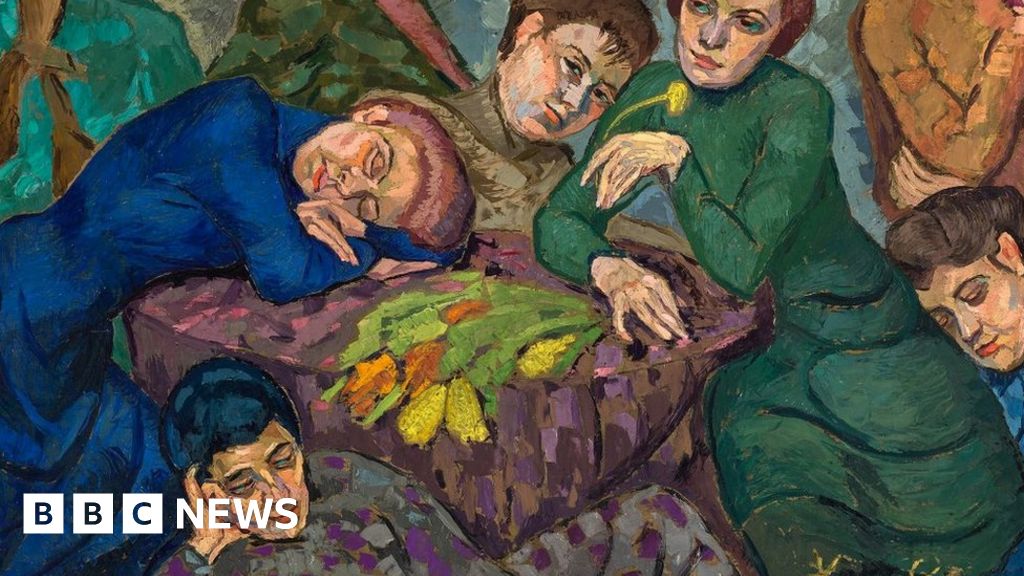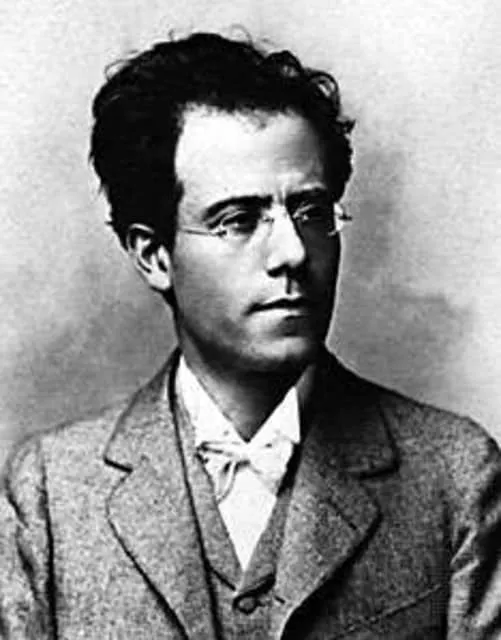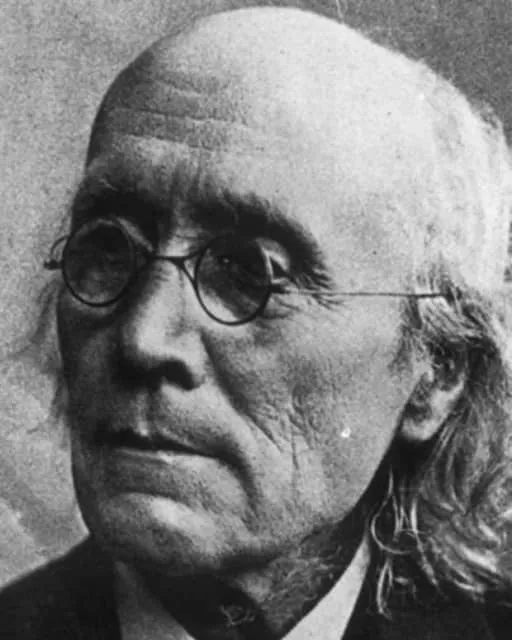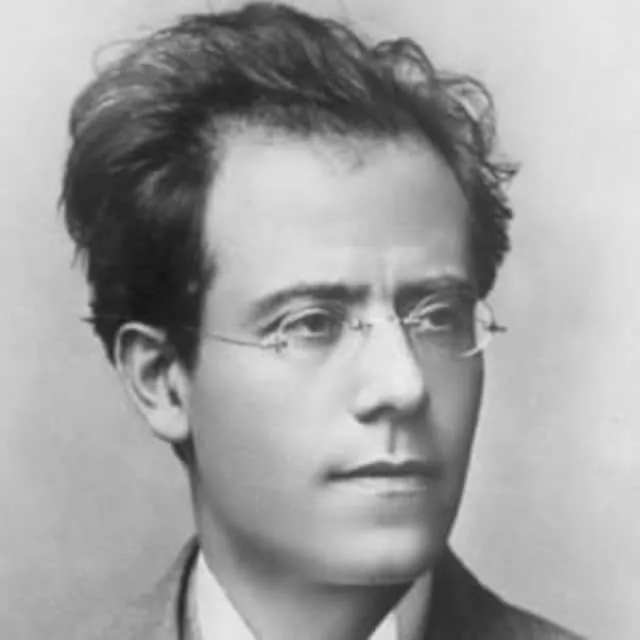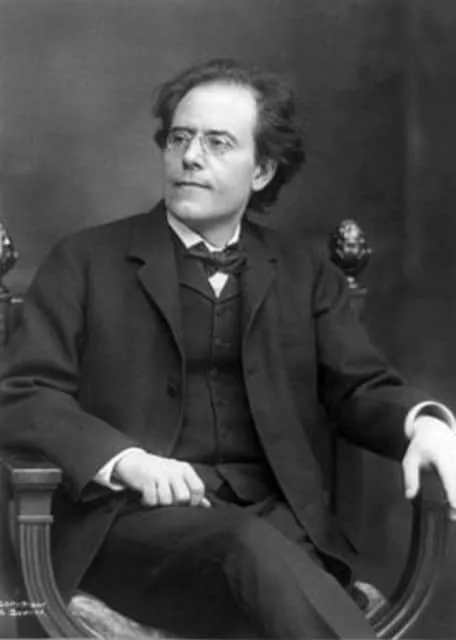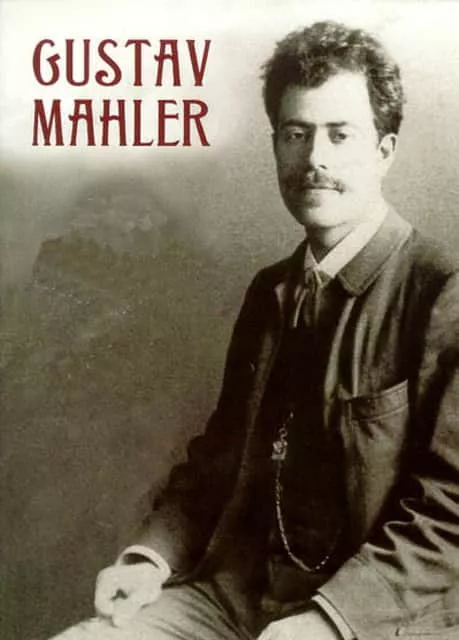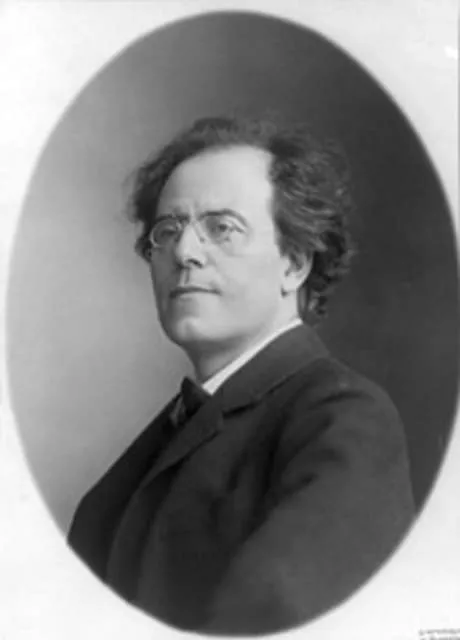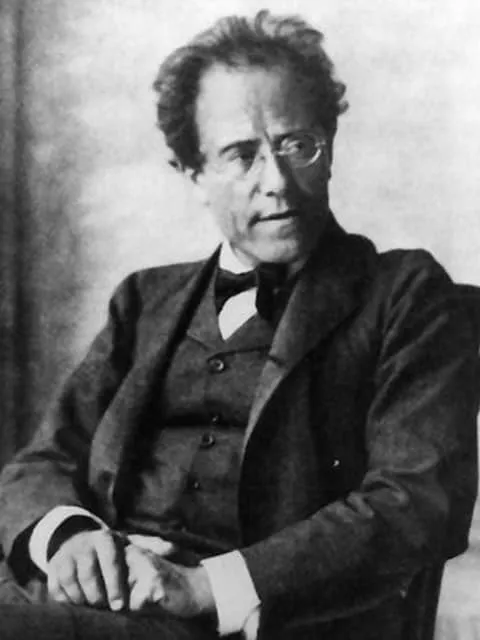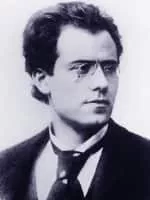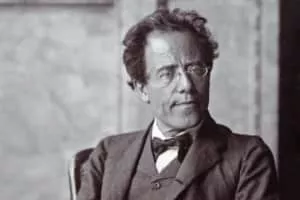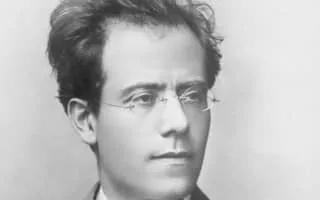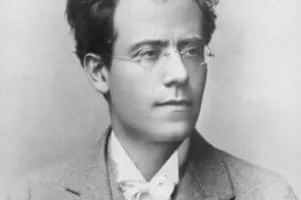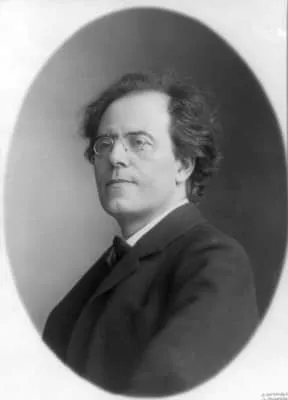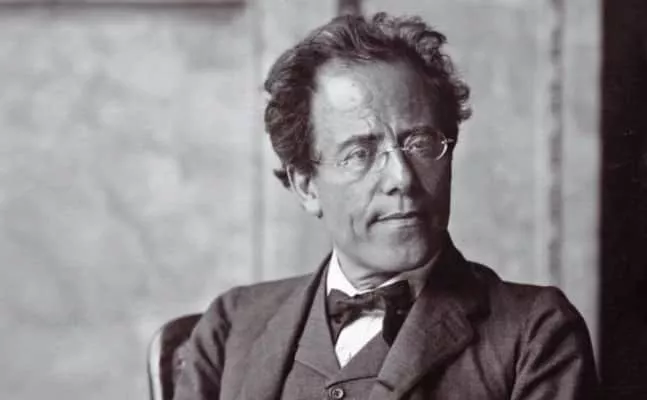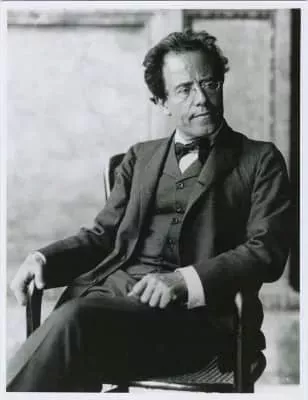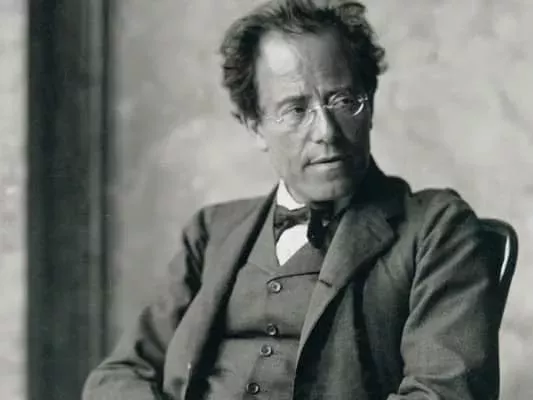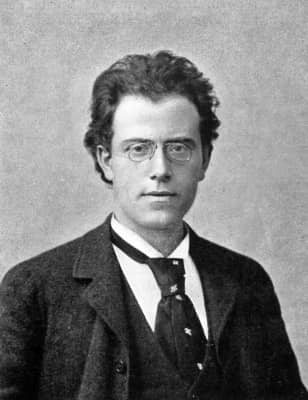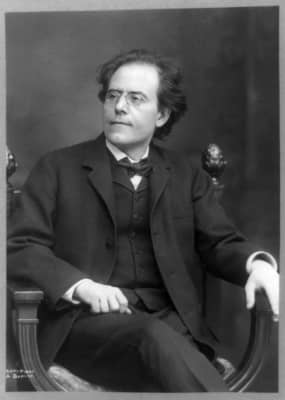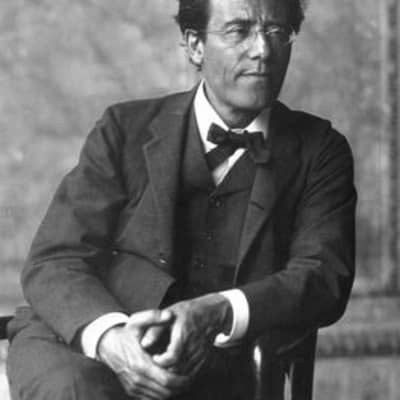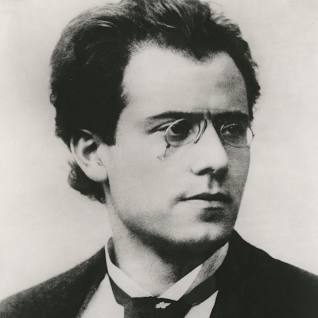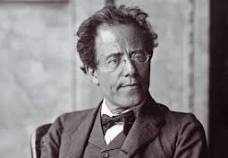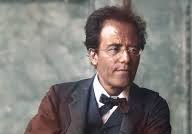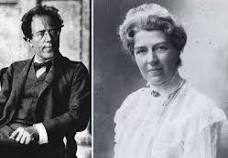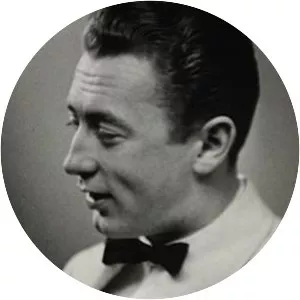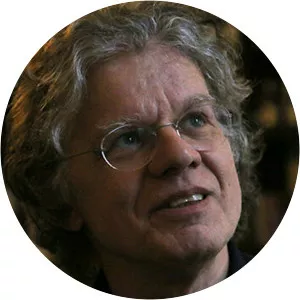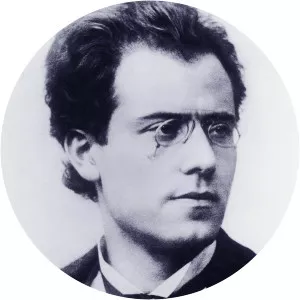
Gustav Mahler
| Use attributes for filter ! | |
| Gender | Male |
|---|---|
| Death | 112 years ago |
| Date of birth | July 7,1860 |
| Zodiac sign | Cancer |
| Born | Bohemia |
| Date of died | May 18,1911 |
| Died | Vienna |
| Austria | |
| Spouse | Alma Mahler |
| Height | 163 (cm) |
| Job | Conductor |
| Film Score Composer | |
| Education | University of Vienna |
| University of Music and Performing Arts, Vienna | |
| Listen artist | www.youtube.com |
| Children | Anna Mahler |
| María Mahler | |
| Siblings | Otto Mahler |
| Leopoldine Mahler | |
| Isidor Mahler | |
| Ernst Mahler | |
| Justine Mahler | |
| Parents | Bernard Mahler |
| Marie Herrmann | |
| Grandchildren | Marina Fistoulari Mahler |
| Alma Ottilie Leonore Germany-Zsolnay | |
| Buried | Grinzing Cemetery, Vienna, Austria |
| Nationality | Czech |
| Influences | Bruno Walter |
| Otto Klemperer | |
| Friedrich Nietzsche | |
| Arthur Schopenhauer | |
| Friedrich Rückert | |
| Date of Reg. | |
| Date of Upd. | |
| ID | 437548 |
Symphonies Nos. 1 and 2 in Full Score
Symphony No. 7 In Full Score
Symphony No. 9 In Full Score
Das Lied von der Erde in Full Score
Gustav Mahler, Richard Strauss
Selected letters of Gustav Mahler
Mahler's unknown letters
Symphony No. 7: Song of the Night
The Mahler Family Letters
Mahler Symphony
Symphony No. 1 in D Major
Symphony No. 4 in G Major: Piano Duo/Duet (1 Piano, 4 Hands)
Symphony No. 8 in E Flat (Symphony of a Thousand)
Briefe 1879-1911
Symphony No. 3 D Minor
Symphony No. 2 C Minor
Five selected songs: for flute and piano
Symphonic Repertoire for Timpani: Mahler Symphonies No. 4, 5 and 6
Family Letters
The Youth's Magic Horn / Des Knaben Wunderhorn: Miniature Score
Gustav Mahler's American Years, 1907-1911: A Documentary History
Des Knaben Wunderhorn: Arranged for Voice, Guitar and Chamber Ensemble
Symphony No. 8 in E-Flat Minor
Symphony No. 8 in E-flat Minor: Choral Extended Work
Suite Aus Dem Orchesterwerken: Study Score
Symphony No. 8 Eb Major
Ave Maria after the adagietto from the 5th symphony
Songs of a Way Faser
The Great Call (from Symphony No. 2): SATB divisi with German and English Text (Chorus/Choir Parts)
Symphony No. 1: Titan
Lieder Und Gesange Aus Der Jugendzeit: Fourteen Art Songs Arranged for Violin and Piano
Symphony No. 5 in E Major: Piano Duo/Duet (1 Piano, 4 Hands)
Symphony No. 1: Kalmus Edition
Symphony No. 4 G Major
Symphony No. 3: Kalmus Edition
Twenty-Four Songs for Voice and Piano
Symphony
Music for Organ: Adagietto from Symphony V, Gustav Mahler
Gustav Mahler Life story
Gustav Mahler was an Austro-Bohemian Romantic composer, and one of the leading conductors of his generation. As a composer he acted as a bridge between the 19th-century Austro-German tradition and the modernism of the early 20th century.
Vienna rescues forgotten women artists censored by the Nazis
Dreams by Helene Funke : A scene of female harmony
Vienna was an intellectual powerhouse in the early 20Th Century and two male artists are considered the giants of Viennese modernism: Gustav Klimt and Egon Schiele .
But Vienna's Belvedere Museum is now showcasing the long-neglected contribution of Women Artists in that period.
City of Women displays works by about 60 female artists, covering The Years 1900-1938. Some works had been Hidden Away in attics and storerooms gathering dust.
The Belvedere's artistic director, Stella Rollig , says these artists "were and still are a great inspiration, and their works have been wrongly ignored for almost a century".
Struggle for equalityIt was hard for female artists to break through, even before The Nazis condemned modernism as "degenerate".
Vienna's Academy of Fine Arts did not open its doors to women students until 1920. Ambitious Women Artists often had to pay high fees to private Teachers .
The Harvest , by Broncia Koller-PinellFrustrated by male prejudice, a group of women founded the Austrian Association of Women Artists (VBKÖ) in 1910.
A major female contributor to Viennese modernism was Broncia Koller-Pinell. In the early 20Th Century she was praised by critics and fellow artists in Vienna and internationally.
Her 1908 landscape The Harvest - showing French Impressionist Influence - is among her works displayed at the Belvedere.
She had Influence in intellectual circles; for example, she knew Klimt and Schiele, both of whom included female artists in exhibitions.
After her death in 1934, with Nazi Germany 's ascendancy, her reputation was largely Forgotten .
Witch Doing Her Toilette on Walpurgis Night , by Teresa Feodorowna Ries Sexual controversyA life-size marble sculpture called Witch Doing Her Toilette on Walpurgis Night caused a sensation when first exhibited in Vienna in 1896.
Some critics saw The Witch 's expression as too lustful, and accused artist Teresa Feodorowna Ries of using a noble stone to create a vulgar grimace.
But Ries had some prominent admirers, including the great Viennese novelist Stefan Zweig .
In 1938 Nazi stormtroopers ransacked Ries's studio and in 1942 she fled from Austria, but had to leave all her works in Switzerland.
Read more on similar topics:
Elena Luksch-Makowsky's self-portrait with her Little Boy - called Ver Sacrum - looks a picture of innocence.
But the 1902 work was controversial. The working mother's pose recalls the Madonna and Child theme of countless classical artists. Here The Artist wears her painter's overalls - yet women at that time were expected to concentrate on raising their children.
Ver Sacrum, by Elena Luksch-MakowskyHelene Funke , from eastern Germany, spent her early career in France, where she became interested in Impressionism and Fauvism.
Some of her paintings were exhibited in France alongside works by Matisse, Braque and Vlaminck.
From 1911 until her death in 1957 she lived in Vienna. She enjoyed artistic success until the Nazi annexation of Austria in 1938. She lived as a recluse during The War .
Funke's reputation was not properly restored until an exhibition in Linz showcased her work in 2007.
Nude Looking in The Mirror , by Helene Funke Victims of NazisFriedl Dicker was a left-wing Jewish artist who expressed her horror at Nazi abuses in several works, notably in Interrogation I and II, painted in The 1930S .
She was interrogated and during World War Two died in The Holocaust . The Nazis deported her to Theresienstadt concentration camp in 1942, where she managed to give art classes to Jewish children. But later she was murdered in Auschwitz, along with More Than a million other Jews.
Interrogation I, by Friedl DickerIlse Twardowski-Conrat was another Jewish artist persecuted by The Nazis in Vienna. The Sculptor destroyed her biggest works and committed suicide in 1942, after she was ordered to report to the Jewish community with her possessions.
Her works were exhibited at major shows before the Nazi period. They include a bust of Empress Elisabeth of Austria (1837-1898).
She spent her youth in intellectual circles and knew the composers Johannes Brahms and Gustav Mahler personally.
Bust of Empress Elisabeth, by Ilse Twardowski-ConratEmilie Mediz-Pelikan painted Blooming Chestnut Trees in 1900. She was admired for her use of intense colours and detailed brushwork.
Her Main Theme was The Power of nature, and her work often featured mountains and Mediterranean scenes. Her husband Karl Mediz was also a painter.
Blooming Chestnut Trees, by Emilie Mediz-PelikanThe City of Women exhibition runs at from 25 January to 19 May .
vienna, art, nazi germany, austria, women
Source of news: bbc.com
